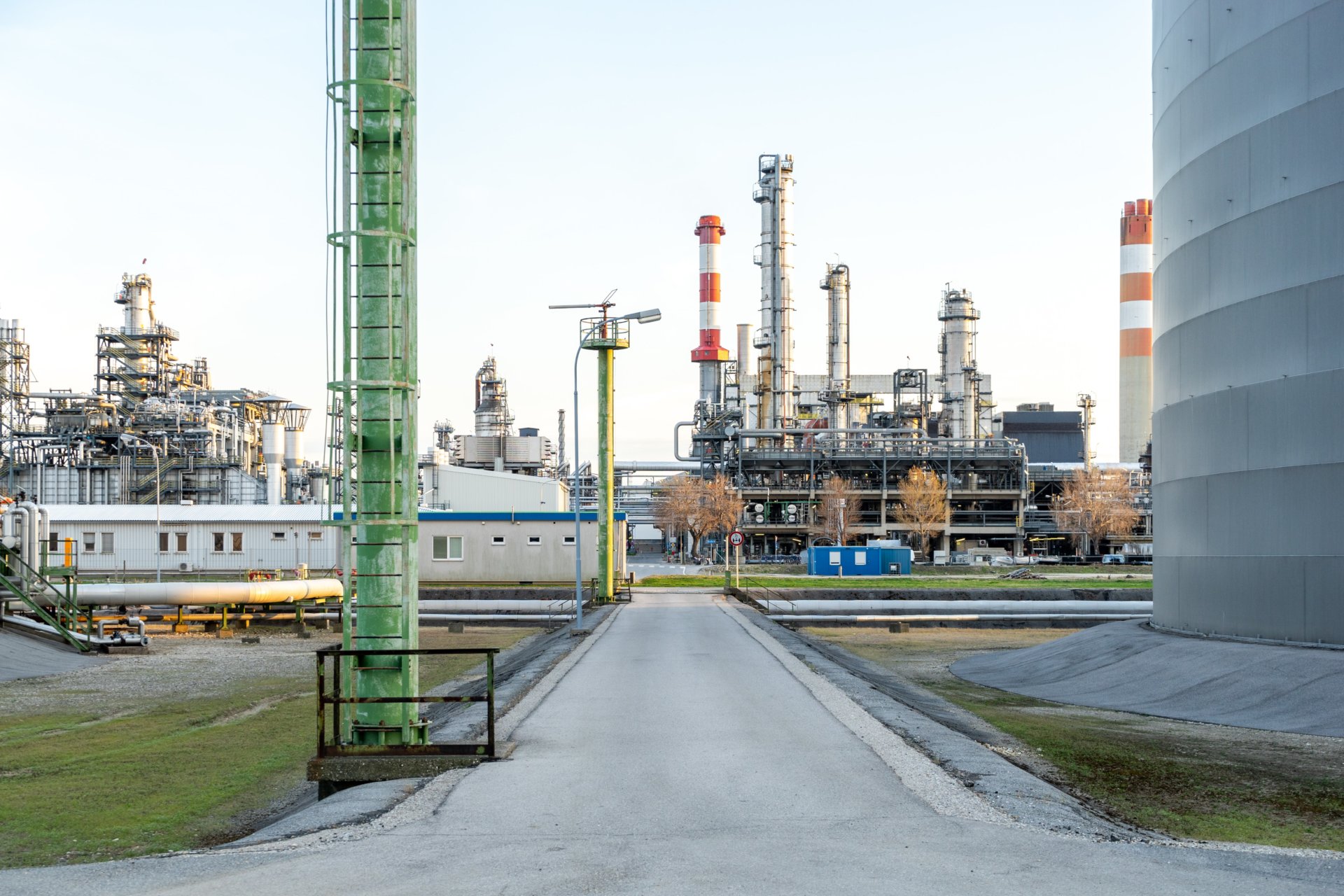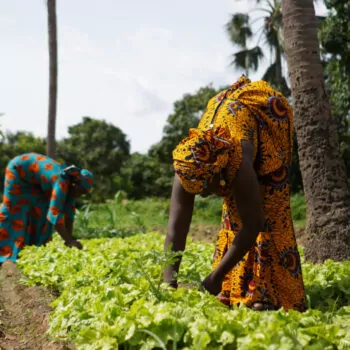Since adopting its 2009 Energy Policy, the Asian Development Bank (ADB) has been an important partner for Asian countries in tackling development challenges such as energy access and the energy transition. However, the ADB’s record in increasing the share of its energy investments in renewable energy technologies and reducing investment in fossil fuels is mixed.
From the inception of the 2009 Energy Policy, the ADB has spent USD42 billion on energy projects. As reported by its Independent Evaluation Department (IED), the ADB has surpassed its targets on clean energy investments. A remarkable 51% of the ADB’s climate finance flows – which is what the ADB define as climate finance – into energy projects, but at the same time the Bank invested almost 40% more in fossil compared to clean energy. Despite declaring a commitment to renewable energy, the ADB’s policies and lending demonstrate that it does not truly believe that renewables can displace fossil fuels.
The ADB’s credibility depends on a forceful update to its decade-old energy policy, making explicit its stance on financing coal and setting out a clear plan to phase out gas investment.
The Bank has not approved coal projects for the past seven years – the last one being in December 2013. On paper, however, the ADB is yet to categorically state that it is excluding coal from its finance operations, as the 2009 Energy Policy still allows for coal investments. Such mismatch creates confusion amongst Bank stakeholders and in theory leaves a path open to future coal investments, even if in practice this would be politically impossible. A deeper dive into the ADB’s energy investment portfolio and practices unveils the ambiguities with which the ADB operates concerning its clean energy policies. The Bank, for example, includes natural gas as a type of ‘clean energy’. In interpreting this statement, the ADB’s definition of renewable or clean energy is both loose and rather unfaithful and can lead to accusations of greenwashing. The ADB’s credibility depends on a forceful update to its decade-old energy policy, making explicit its stance on financing coal and setting out a clear plan to phase out gas investment, as many of its peer MDBs and DFIs have done.
The ADB’s Internal Evaluation Department agrees when it comes to coal. The ADB “cannot keep an ambiguous position on this contentious issue. It should exercise its leadership role by emphasizing its support for decarbonizing the [energy] generation mix and phase out coal power generation in [developing member countries],” according to the latest report.
Furthermore, the bank’s internal watchdog recommends that the ADB emphasises climate change mitigation and adaption as a core priority in energy. Zooming in on renewable energy integration, the evaluation report counted 7,013 MW of new renewable energy generation capacity, although only 1,382 MW resulted from direct project investments. However, 1,080 MW of this was incorrectly included as it stemmed from the Viet Nam Mong Duong 1 Thermal Power Project, a coal-fired investment that closed in 2018. The report then compared the ADB renewables figure of 5,933 MW with the corresponding ADB fossil-fuelled plus hydropower generation figure of 12,189 MW. This is not dissimilar to research E3G has done on fossil to non-fossil energy lending ratios.
In addition, the evaluation found that the energy sector lending portfolio did not follow the policy guidance offered by Energy Policy 2009 in five significant ways[1]. Important to emphasise the second reason. The “portfolio did not follow the mandate to promote energy efficiency, using both supply- and demand-side interventions”, according to the report. The report continued to say “[If] a generous definition of supply-side energy efficiency is adopted; it could be argued that ADB committed significant resources to introducing high-efficiency fossil-fuel power generation”. However, “no amount of generosity in classification can mask the limited number of efficiency initiatives on the demand side”.
Sustainable cooling can offer climate co-benefits whilst also facilitating sustainable development and sits at the nexus of three international commitments – the Paris Agreement, Sustainable Development Goals, and the Kigali Amendment to the Montreal Protocol.
On efficient cooling technologies, one of the sectors that will make or break global attempts to achieve 1.5 or 2C, the ADB had already highlighted in its Energy Outlook for Asia and the Pacific report in 2013 that “the largest energy savings potential in buildings could be from cooling in Asia and the Pacific”. Yet, the evaluation’s argument concluded by noting that “no ADB interventions in efficient cooling or building insulation in the past 10 years, which shows a mismatch between what should be supported and actual support”. Sustainable cooling can offer climate co-benefits whilst also facilitating sustainable development and sits at the nexus of three international commitments – the Paris Agreement, Sustainable Development Goals, and the Kigali Amendment to the Montreal Protocol. Analysis by E3G has shown that all major MDBs have a majority shareholding that support greater action on cooling, either through ratification of the Kigali Amendment, or through the development of a National Cooling Action Plan (NCAP).
In response to the evaluation, Bank’s management said it “agrees that the current policy is no longer adequately aligned with the global consensus on climate change, ongoing global transformation of the energy sector, and operational priorities of ADB’s new Strategy 2030.” Management agrees to revisit and update the policy but note the importance of stakeholder consultations on the role of fossil fuel in the region’s energy mix, “including on whether to formally withdraw from financing new coal-fired power and heat generation capacity, among others.”
While this sounds promising, the real proof will lie in the draft and final energy policy next year. The Bank’s investment in “dirty energy” has been a contentious issue for years. Think tanks and civil society groups have long pressed the Bank to divest from these investments, and rethink its energy policy. The push to drive out coal investments is not a PR campaign, but a race to preserve the threat of climate change on humanity.
Looking ahead, the current global and regional context presents ADB with the opportunity and rationale to formally declare that it will no longer finance new added capacity of coal-fired power generation projects. Indeed, the ADB added its name as a “witness” to the Finance in Common Summit Joint Declaration of all public development banks in the world, which committed to “Support and promote sustainable alternatives to fossil fuel investments and consider ways and means of reducing these investments. Consider the range of fossil fuel investments in our portfolios, avoid stranded assets, and work towards applying more stringent investment criteria, such as explicit policies to exit from coal.”
The reasons for stopping support for these activities are multiple: First, as mentioned earlier, the ADB already stopped financing coal power projects in 2013. Second, coal power generation is a major contributor to climate change and air pollution. Third, 78% of the world’s coal power project pipeline is in the ADB Developing Member Countries, which suggests financing is available from sources other than the ADB. Fourth, new coal generation involves significant risks of asset stranding due to expected policy and market trends in the medium term. Fifth, other MDBs and major international financing institutions have already banned financing of coal power generation. Sixth, the ADB’s corporate Strategy 2030 emphasises low-carbon technologies as a path for development – and no one can pretend that coal is a low-carbon technology.
The European Bank for Reconstruction and Development’s (EBRD’s) for example rule out financing of thermal coal mining and coal-fired electricity generation in their energy sector strategy. The Inter-American Development Bank’s (IDB) Environmental and Social Policy Framework (EPSF) also recently excluded “all steps involved in thermal coal mining or coal-fired power generation and associated facilities” and it is notable that the Japanese government, so powerful within the ADB, supported this move at the IDB. Ultimately, the ADB needs to much clearer on its position on coal – and fossil fuels more broadly – to regain credibility and signal that aspirations and promises are translating into action. Additionally, stronger reporting and transparency mechanisms are needed, as reiterated by the Bank’s IED. Lastly, the ADB should better understand the economic, environmental, and social benefits associated with renewable energy. In this context, the ADB’s leniency on fossil fuels needs to come to an end and, instead, exercise its leadership role by emphasising its support for decarbonising the generation mix and phase out of coal power generation in its developing member countries.
The ADB must re-define its raison d’etre by deciding whether it will develop a new Energy Policy that stays true to the recommendations and aligns with the 1.5°C goal of the Paris Agreement or revert to old habits and accelerate climate emergency, one that will cripple Asia and the world.
[1] 1) Little evidence that a preference for serving the poorest and the unserved permeated the ADB energy operations; 3) The policy’s pillar of “promoting energy sector reforms, capacity building, and governance” was not reflected in the ADB’s limited financing for the sector development and institutional reform subsector; 4) Regarding infrastructure, the ADB provided only limited support for designing and implementing policy frameworks, other than high-level documents; and 5) Resilience and climate proofing of energy infrastructure has been missing, only $287 million of climate change finance for adaptation was approved from 2016 to 2019, just 4% of the total climate finance for the energy sector in that period.


